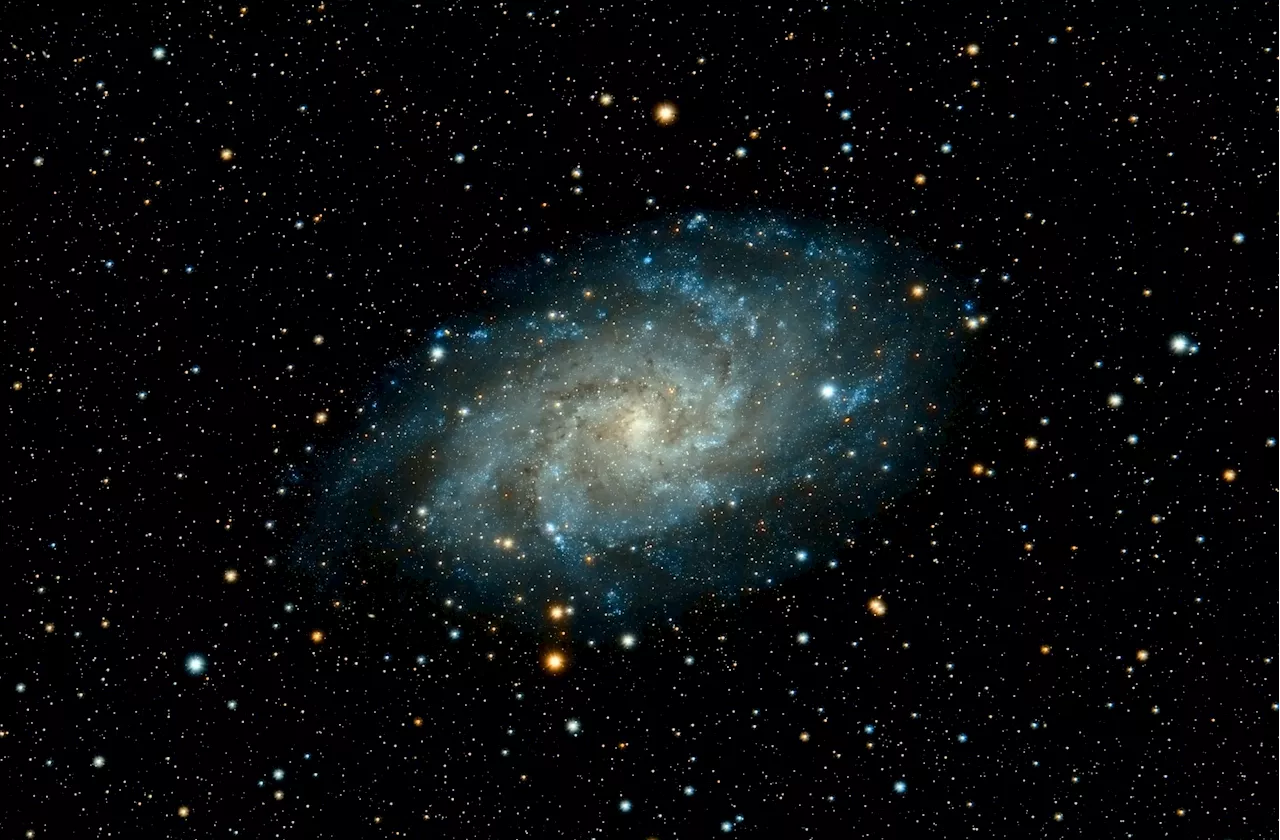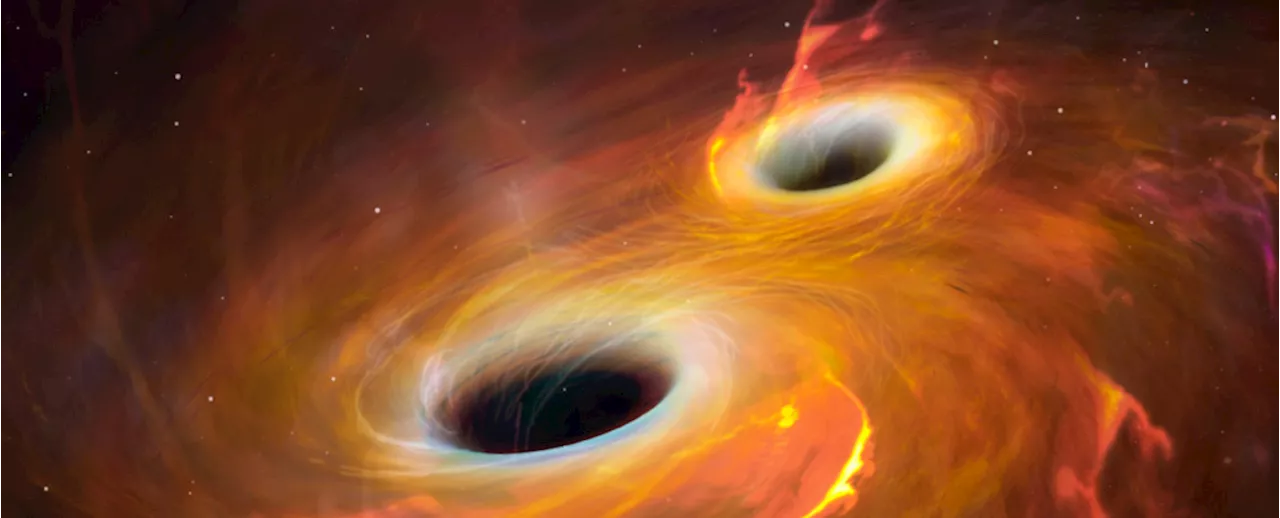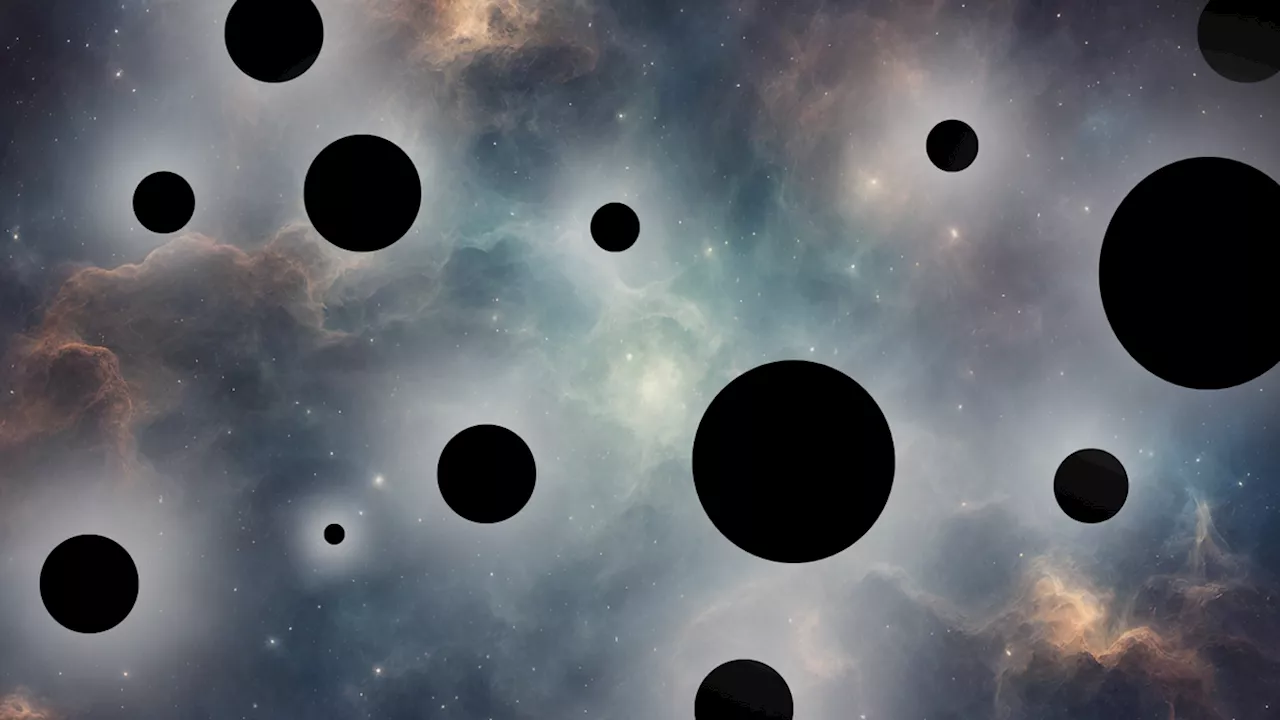Space and astronomy news
This research published in Nature is the first direct confirmation that supermassive black holes are capable of shutting down galaxies
To remove the confusion and mystique around black holes, they are the corpse of massive stars. When supermassive stars collapse at the end of their lives their core turns into a point source that is so incredibly dense that even light, travelling at 300,000 kilometres per second, is unable to escape. It’s believed that many galaxies have supermassive black holes at their core.
Visualization of the solar wind encountering Earth’s magnetic “defenses” known as the magnetosphere. Clouds of southward-pointing plasma are able to peel back layers of the Sun-facing bubble and stack them into layers on the planet’s nightside . The layers can be squeezed tightly enough to reconnect and deliver solar electrons directly into the upper atmosphere to create the aurora. Credit: JPL
The powerful outflow of neutral gas is thought to come from the supermassive blackholes at the core of some galaxies at the edge of the Universe. The team, led by Dr Rebecca Davies from Swinburne University first identified that black hole driven outflow in a distant galaxy over 10 billion light years away.
United Kingdom Latest News, United Kingdom Headlines
Similar News:You can also read news stories similar to this one that we have collected from other news sources.
 New JWST observations reveal black holes rapidly shut off star formation in massive galaxiesNew research published in Nature showcases new observations from the James Webb Space Telescope (JWST) that suggest black holes rapidly shut off star-formation in massive galaxies by explosively removing large amounts of gas.
New JWST observations reveal black holes rapidly shut off star formation in massive galaxiesNew research published in Nature showcases new observations from the James Webb Space Telescope (JWST) that suggest black holes rapidly shut off star-formation in massive galaxies by explosively removing large amounts of gas.
Read more »
 Physicists Say The Ultimate Battery Could Harness The Power of Black HolesThe Best in Science News and Amazing Breakthroughs
Physicists Say The Ultimate Battery Could Harness The Power of Black HolesThe Best in Science News and Amazing Breakthroughs
Read more »
 Do black holes hide the secrets of their ancestors?Robert Lea is a science journalist in the U.K. whose articles have been published in Physics World, New Scientist, Astronomy Magazine, All About Space, Newsweek and ZME Science. He also writes about science communication for Elsevier and the European Journal of Physics. Rob holds a bachelor of science degree in physics and astronomy from the U.K.
Do black holes hide the secrets of their ancestors?Robert Lea is a science journalist in the U.K. whose articles have been published in Physics World, New Scientist, Astronomy Magazine, All About Space, Newsweek and ZME Science. He also writes about science communication for Elsevier and the European Journal of Physics. Rob holds a bachelor of science degree in physics and astronomy from the U.K.
Read more »
 Quantum Scrambling: Chemical Reactions Rivaling Black HolesScience, Space and Technology News 2024
Quantum Scrambling: Chemical Reactions Rivaling Black HolesScience, Space and Technology News 2024
Read more »
 Tiny black holes left over from the Big Bang may be prime dark matter suspectsRobert Lea is a science journalist in the U.K. whose articles have been published in Physics World, New Scientist, Astronomy Magazine, All About Space, Newsweek and ZME Science. He also writes about science communication for Elsevier and the European Journal of Physics. Rob holds a bachelor of science degree in physics and astronomy from the U.K.
Tiny black holes left over from the Big Bang may be prime dark matter suspectsRobert Lea is a science journalist in the U.K. whose articles have been published in Physics World, New Scientist, Astronomy Magazine, All About Space, Newsweek and ZME Science. He also writes about science communication for Elsevier and the European Journal of Physics. Rob holds a bachelor of science degree in physics and astronomy from the U.K.
Read more »
 Black Holes May Have Sped Up Star Formation After the Big BangNew research suggests black holes might have helped birth new stars in the aftermath of the Big Bang. Should scientists rethink galaxy evolution and formation?
Black Holes May Have Sped Up Star Formation After the Big BangNew research suggests black holes might have helped birth new stars in the aftermath of the Big Bang. Should scientists rethink galaxy evolution and formation?
Read more »
